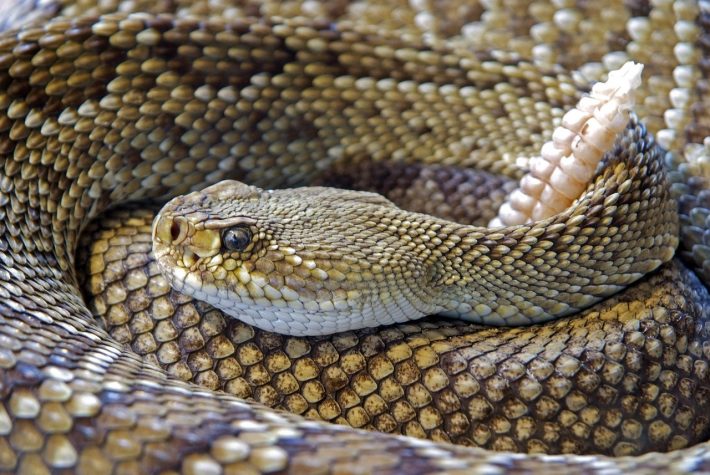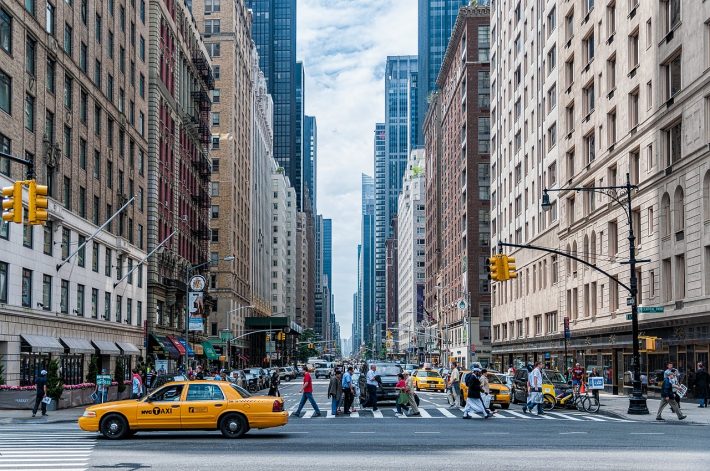Biophobias on the rise in urban areas according to new study
Does life in urban cities make us more prone to having nature-related phobias? A new study from the University of Turku, Finland says that may be the case.

The idea that all humans have an instinct to connect with nature was proposed in 1984, by scientist Edward O. Wilson. But what about those who have the opposite reaction? Nature related phobias, or ‘biophobias’, can manifest an instinctive and sometimes irrational fear of certain aspects of nature. The fear of spiders (arachnophobia) and snakes (ophidiophobia) are among the most common biophobias.
Dr Stefano Mammola, an ecologist from the Italian National Research Council, who co-authored the study said “Some biophobias are considered to have evolutionary origins, as they would’ve helped people to avoid harmful organisms in the past.”
However, there are still many people that are scared of organisms holding virtually no threat. This leads to avoidance of nature as a whole, as well as excessive anxiety for those affected.

Information regarding the prevalence of nature-related phobias has been scarce, so researchers were unsure why they appear to have increased in modern society. To address this, the University of Turku team turned to a new source – the internet.
Dr Ricardo Correia, lead researcher explained “The internet is the easiest source of information for most people these days. It seemed reasonable that people suffering from biophobias would use the internet to find ways to cope with their condition”.
Comparing the amount of search interest for 25 biophobias, and 25 non nature-related phobias drew an interesting conclusion: 17 out of 25 biophobias are increasing their prevalence worldwide. However, they are growing at a slower pace than other specific phobias also experiencing an increase.

The researchers also found that the number of biophobias with recorded search interest on a country level was positively associated with the number of venomous species in the country and the proportion of the country’s population living in urban areas, but negatively associated with the growth of urban population in the country.
“Our results suggest that a wider prevalence of biophobias is found in countries with long established urban populations,” continued Dr Correia. The team’s results support earlier ideas suggesting a link between urban living and a disconnect from nature, driven by a lack of natural experiences.
“The fear and disgust experienced by people with biophobias not only affects wellbeing, but also affects how they perceive and support the preservation of nature in their surroundings.” ends Dr Correia.
This article is adapted from a University of Turku press release.
Read more:
, & (2023). The searchscape of fear: A global analysis of internet search trends for biophobias. People and Nature, 00, 1– 15. https://doi.org/10.1002/pan3.10497
Like what we stand for?
Support our mission and help develop the next generation of ecologists by donating to the British Ecological Society.